This article was co-authored by Ni-Cheng Liang, MD and by wikiHow staff writer, Madeleine Criglow. Dr. Ni-Cheng Liang is a board certified Pulmonologist and the Director of Pulmonary Integrative Medicine at Coastal Pulmonary Associates affiliated with the Scripps Health Network in San Diego, California. She also serves as a Voluntary Assistant Professor of Medicine at the University of California San Diego School of Medicine while volunteering for the UCSD Medical Student-Run Free Clinic for uninsured patients. With over 15 years of experience, Dr. Liang specializes in pulmonary and respiratory medical concerns, mindfulness teaching, physician wellness, and integrative medicine. Dr. Liang received her Doctor of Medicine (MD) from the University of Maryland School of Medicine. Dr. Liang was voted as a San Diego Top Doctor in 2017 and 2019. She was also awarded the 2019 American Lung Association San Diego Lung Health Provider of the Year.
There are 9 references cited in this article, which can be found at the bottom of the page.
This article has been viewed 1,697,274 times.
Breathing is a basic human function, but most of the time you don’t even realize you’re doing it. You may be surprised to learn that there are better ways to breathe than others. Short, shallow breaths, for example, may not give you the same benefits as deep breathing through your nose. This article goes into the many ways you can improve your breathing, including monitoring your breathing throughout your day, practicing meditative breathing to relieve stress, and paying attention to your breaths as you exercise.
Steps
Expert Q&A
-
QuestionWhat is the proper way to breathe when I'm feeling nervous?
 Rebekka MarsRebekka Mars is a Life, Meditation, and Yoga Coach as well as the Founder of Modern Meditation™. She's located in Sarasota, Florida and also works online with people all around the world. With over ten years of experience, Rebekka specializes in Yoga, meditation, and personal training to help clients embrace their body, mind, and soul to find calmness and balance in everyday life. She holds a BA in English from Lindenwood University and has over 1000 hours of Yoga training, holding her ERYT500 certification. Rebekka also serves as a keynote speaker on the topic of modern mindfulness speaking in person and virtually.
Rebekka MarsRebekka Mars is a Life, Meditation, and Yoga Coach as well as the Founder of Modern Meditation™. She's located in Sarasota, Florida and also works online with people all around the world. With over ten years of experience, Rebekka specializes in Yoga, meditation, and personal training to help clients embrace their body, mind, and soul to find calmness and balance in everyday life. She holds a BA in English from Lindenwood University and has over 1000 hours of Yoga training, holding her ERYT500 certification. Rebekka also serves as a keynote speaker on the topic of modern mindfulness speaking in person and virtually.
Meditation & Yoga Coach Put a hand on your belly and breathe in so your belly moves forward. Then, breathe out, pressing the belly back. As you get the belly moving, it will calm your nervous system down.
Put a hand on your belly and breathe in so your belly moves forward. Then, breathe out, pressing the belly back. As you get the belly moving, it will calm your nervous system down. -
QuestionWhat's the correct way to breathe?
 Ni-Cheng Liang, MDDr. Ni-Cheng Liang is a board certified Pulmonologist and the Director of Pulmonary Integrative Medicine at Coastal Pulmonary Associates affiliated with the Scripps Health Network in San Diego, California. She also serves as a Voluntary Assistant Professor of Medicine at the University of California San Diego School of Medicine while volunteering for the UCSD Medical Student-Run Free Clinic for uninsured patients. With over 15 years of experience, Dr. Liang specializes in pulmonary and respiratory medical concerns, mindfulness teaching, physician wellness, and integrative medicine. Dr. Liang received her Doctor of Medicine (MD) from the University of Maryland School of Medicine. Dr. Liang was voted as a San Diego Top Doctor in 2017 and 2019. She was also awarded the 2019 American Lung Association San Diego Lung Health Provider of the Year.
Ni-Cheng Liang, MDDr. Ni-Cheng Liang is a board certified Pulmonologist and the Director of Pulmonary Integrative Medicine at Coastal Pulmonary Associates affiliated with the Scripps Health Network in San Diego, California. She also serves as a Voluntary Assistant Professor of Medicine at the University of California San Diego School of Medicine while volunteering for the UCSD Medical Student-Run Free Clinic for uninsured patients. With over 15 years of experience, Dr. Liang specializes in pulmonary and respiratory medical concerns, mindfulness teaching, physician wellness, and integrative medicine. Dr. Liang received her Doctor of Medicine (MD) from the University of Maryland School of Medicine. Dr. Liang was voted as a San Diego Top Doctor in 2017 and 2019. She was also awarded the 2019 American Lung Association San Diego Lung Health Provider of the Year.
Board Certified Pulmonologist Breathe in through your nose since it helps filter out irritants that could be in the air.
Breathe in through your nose since it helps filter out irritants that could be in the air.
References
- ↑ https://www.health.harvard.edu/mind-and-mood/relaxation-techniques-breath-control-helps-quell-errant-stress-response
- ↑ Amy Chapman, MA. Voice & Speech Coach. Expert Interview. 18 October 2019.
- ↑ http://www.health.harvard.edu/mind-and-mood/relaxation-techniques-breath-control-helps-quell-errant-stress-response
- ↑ Ni-Cheng Liang, MD. Board Certified Pulmonologist. Expert Interview. 18 June 2021.
- ↑ https://www.aarp.org/health/healthy-living/info-2017/breathe-exercise-workout.html
- ↑ https://www.acefitness.org/education-and-resources/lifestyle/blog/5716/how-posture-affects-breathing/
- ↑ https://www.health.harvard.edu/mind-and-mood/relaxation-techniques-breath-control-helps-quell-errant-stress-response
- ↑ Ni-Cheng Liang, MD. Board Certified Pulmonologist. Expert Interview. 18 June 2021.
- ↑ https://www.health.harvard.edu/mind-and-mood/relaxation-techniques-breath-control-helps-quell-errant-stress-response/
- ↑ Ni-Cheng Liang, MD. Board Certified Pulmonologist. Expert Interview. 18 June 2021.
- ↑ https://www.mayoclinic.org/diseases-conditions/panic-attacks/symptoms-causes/syc-20376021
- ↑ Ni-Cheng Liang, MD. Board Certified Pulmonologist. Expert Interview. 18 June 2021.
- ↑ https://www.health.harvard.edu/mind-and-mood/relaxation-techniques-breath-control-helps-quell-errant-stress-response
- ↑ https://www.mayoclinic.org/tests-procedures/meditation/in-depth/meditation/art-20045858
- ↑ https://www.aarp.org/health/healthy-living/info-2017/breathe-exercise-workout.html
- ↑ https://www.aarp.org/health/healthy-living/info-2017/breathe-exercise-workout.html
- ↑ https://www.aarp.org/health/healthy-living/info-2017/breathe-exercise-workout.html
- ↑ https://www.aarp.org/health/healthy-living/info-2017/breathe-exercise-workout.html
About This Article
To breathe properly, take deep breaths using your diaphragm so you're getting more oxygen, and avoid taking shallow breaths with your chest. To tell if you're breathing with your diaphragm, place your hand on your belly and inhale. If it expands, you're breathing with your diaphragm, and if it doesn't, you're taking shallow breaths. Also, try to inhale through your nose instead of your mouth since your nose helps purify the air and regulate the air temperature. To learn how to practice meditative breathing, scroll down!
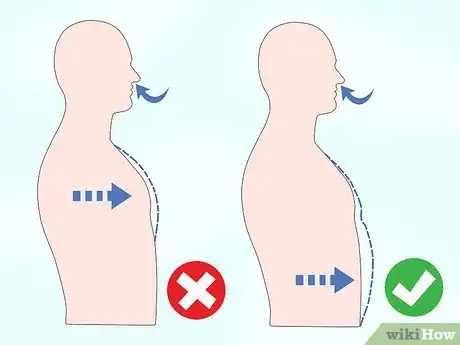
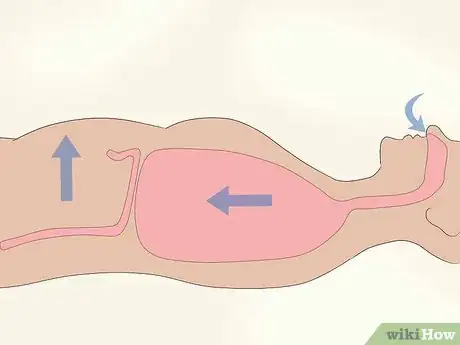

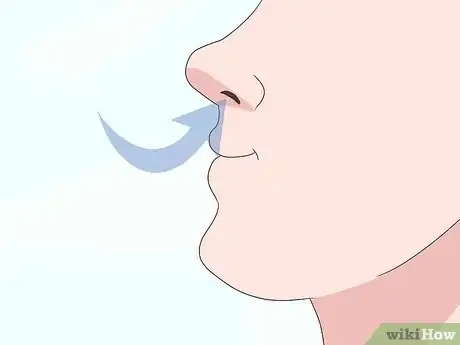

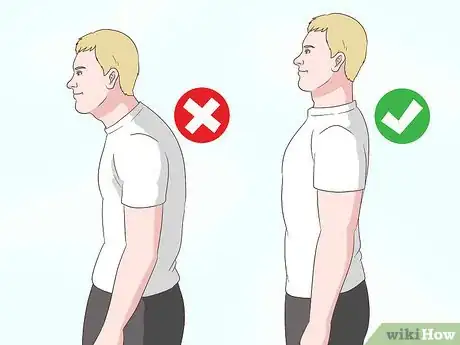
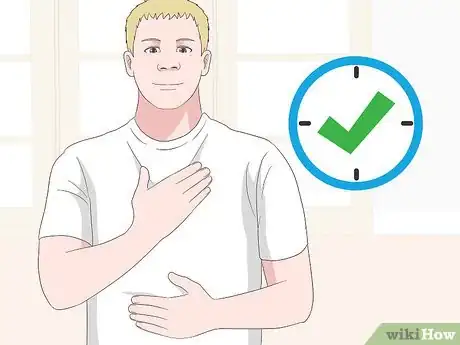
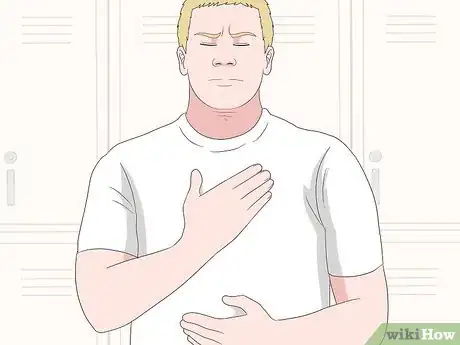
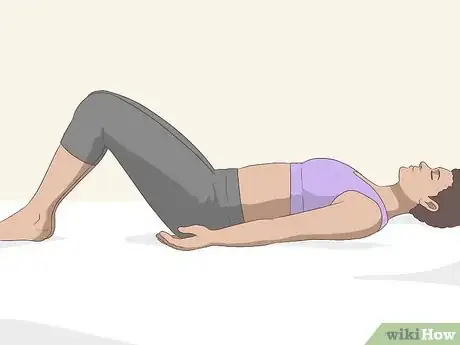
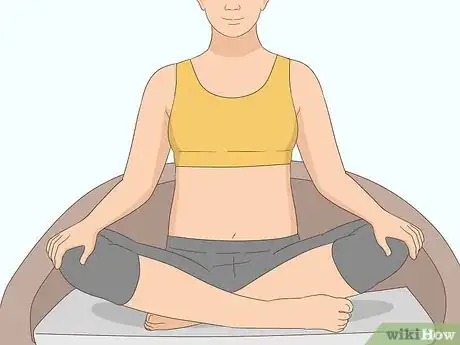
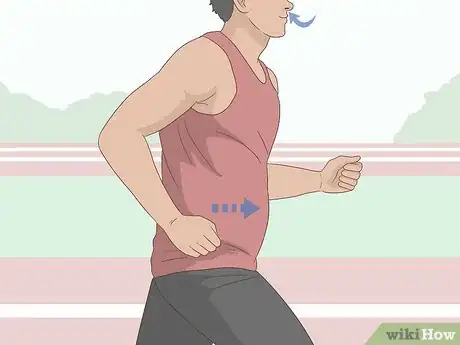
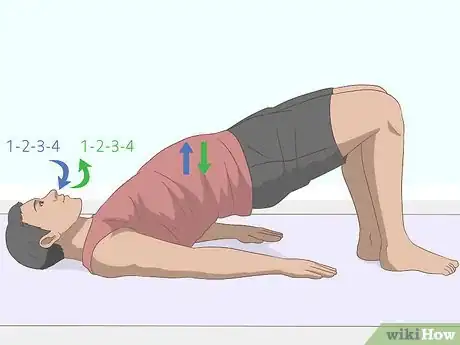

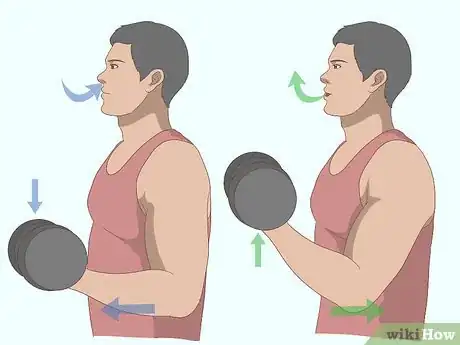
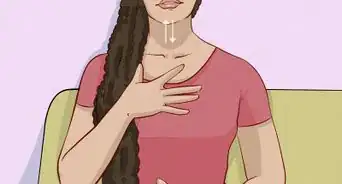

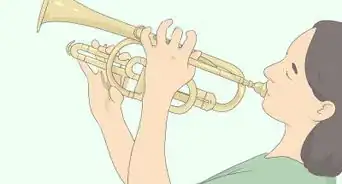


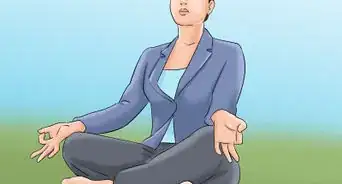
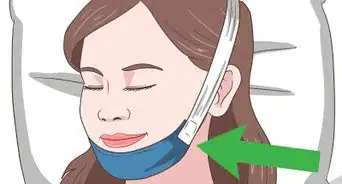

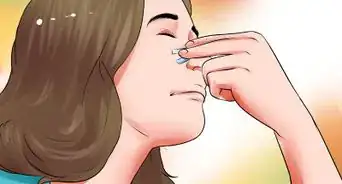
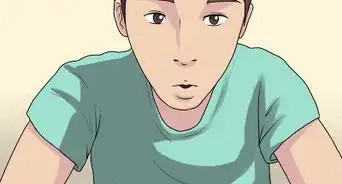




















































Medical Disclaimer
The content of this article is not intended to be a substitute for professional medical advice, examination, diagnosis, or treatment. You should always contact your doctor or other qualified healthcare professional before starting, changing, or stopping any kind of health treatment.
Read More...